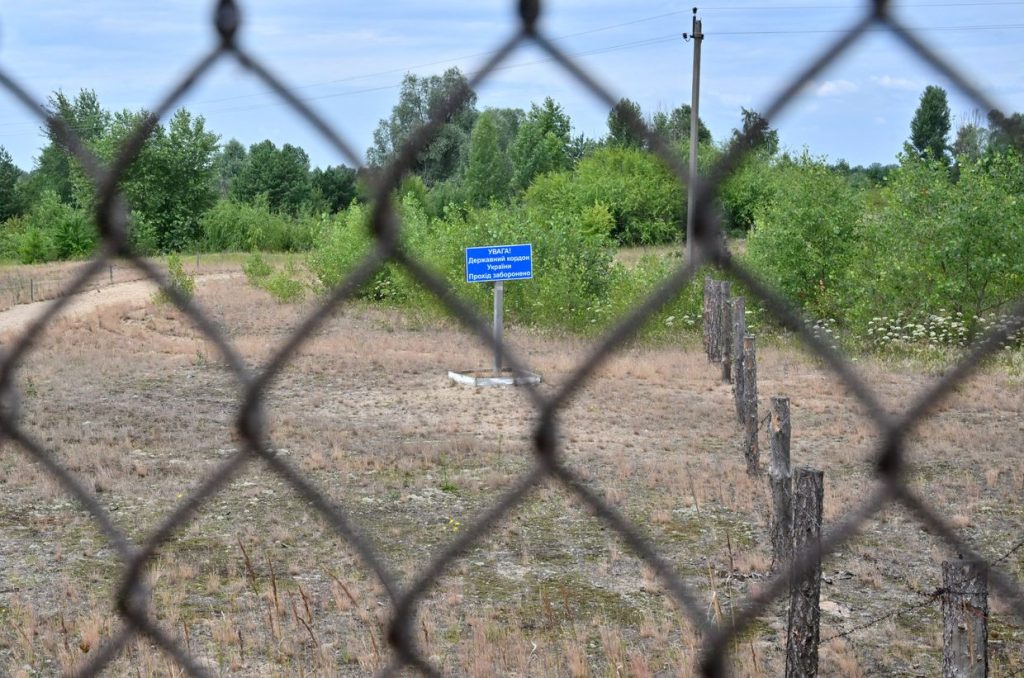The Belarusian Air Force confirmed the downing of two Russian attack drones near the city of Homel on September 5, marking the first time Belarus successfully intercepted Russian drones over its airspace. The drones were downed in response to an airspace violation of Belarus’ state border, likely carried out by unmanned aerial vehicles. Belarusian Chief of the General Staff, Sergei Frolov, stated that all violators were destroyed due to the timely actions of the anti-aircraft defense forces. This incident follows Belarusian dictator Alexander Lukashenko’s claims of downing Ukrainian drones over Belarus, which were later proven false by monitoring groups.
The monitoring group Belaruski Hajun reported that the air alert was active in Chernihiv Oblast due to the threat of Russian drones on the same day the drones were downed near Homel. The proximity of the incident to the border with Ukraine’s Chernihiv Oblast raises concerns about potential cross-border conflicts involving drones. Belarus has been on high alert for drone activity after previously reporting the downing of Ukrainian drones, which were disputed by monitoring groups as false claims. The successful interception of Russian drones by Belarusian forces demonstrates the country’s capability to defend its airspace from foreign threats.
Belarus’ actions in downing Russian attack drones highlight the growing importance of drone technology in modern conflicts and border security. Drones have become a common tool used by nations for surveillance, reconnaissance, and even attacks in warfare. The ability to intercept and neutralize hostile drones is crucial for protecting national security and sovereignty. Belarus’ response to the violation of its state border by drones sends a strong message to potential aggressors and reinforces its commitment to defending its airspace.
The involvement of Russian drones in the airspace violation over Belarus raises questions about the motivations behind such actions and the potential implications for regional security. The incident may indicate a broader strategic maneuver by Russia to test Belarus’ defenses or gather intelligence in the region. The response to this incident will likely shape future interactions between Belarus and Russia, as well as impact the dynamics of the ongoing conflict between Russia and Ukraine. Understanding the context and implications of drone activities in the region is essential for maintaining peace and stability.
The downing of Russian attack drones by the Belarusian Air Force underscores the complex geopolitical dynamics at play in Eastern Europe and the importance of effective defense mechanisms in deterring foreign threats. The incident also highlights the evolving nature of warfare in the digital age, where unmanned aerial vehicles play a significant role in military operations. As countries continue to invest in drone technology for both offensive and defensive capabilities, the need for reliable countermeasures and international cooperation to regulate drone usage becomes increasingly urgent. Belarus’ successful interception of Russian drones demonstrates its readiness to defend its airspace and protect its sovereignty.
Moving forward, the incident involving the downing of Russian drones over Belarusian airspace will likely lead to increased tensions between Belarus, Russia, and Ukraine, as well as prompt discussions on drone regulations and security protocols in the region. The event serves as a reminder of the potential risks and consequences associated with the use of drones in conflicts and the need for coordinated efforts to prevent escalations and misunderstandings. By addressing the underlying issues and implications of drone activities, countries can work towards enhancing regional stability and cooperation while safeguarding their national interests and borders.


